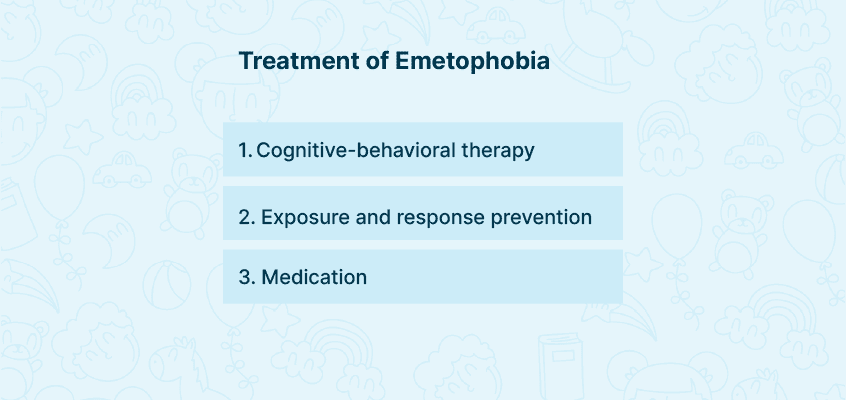Introduction
Throwing up or vomiting is not a pleasant thing to do. But in many emergencies, you need to throw up or vomit. You might need to vomit if you have food poisoning, indigestion, or if you accidentally swallow any harmful object. But you should make yourself throw up only as a last resort.
5 Simple and Easy to Follow Throwing Up Fast Methods
If you want to know how to make yourself throw up easily, you can follow the simple methods below:
- Use your finger: You can put your finger into your throat to help you throw out. When you insert your finger inside your mouth, your body feels nauseous and makes you gag and vomit.
- Drinking warm salt water: You can consume a glass of saline water to help you throw up. The process takes twenty to thirty minutes, but excess salt in your body forces it to throw up.
- Using a toothbrush: If you are uncomfortable throwing up using your finger, you can use your toothbrush to induce vomiting.
- Gargling: You can gargle with salt water to make yourself throw up fast.
- Smelling unpleasant things: You can smell something unpleasant like rotten eggs to make yourself throw up fast. Your brain will make you nauseous and throw up as a reflex to such unpleasant smells.
Are You Scared of Throwing Up? Learn How to Overcome the Fear of Vomiting
The fear of throwing up or becoming sick is common, but it is a matter of concern when it turns into a phobia. The fear of throwing up is also known as emetophobia. People with emetophobia constantly worry about vomiting themselves or seeing others vomit. They become anxious and distressed at the thought of vomiting.
You can overcome the fear of vomiting by following a few tips:
- The first thing that can help you overcome emetophobia is knowing the root cause of your anxiety. You should know the things that trigger your fears or make you feel that you would vomit.
- The next tip is to challenge your thoughts once you know what makes you anxious about vomiting. Then think about how often the things have made you vomit, or is it just a fear.
- You can try cognitive behavioral therapy that will help you understand and control your anxieties.
- You can practice mindful breathing, which can help you overcome emetophobia. It is a great way to overcome anxiety and panic.
Read more about: The Best Alternative for Online Palouse Mindfulness MBSR Training
Understanding Emetophobia
Let us understand this phobia through its symptoms, causes, diagnosis, and treatment.

Symptoms
If you have emetophobia or the fear of throwing up, you might exhibit the following symptoms:
- You might keep away from food items or places that may be associated with past incidents of vomiting.
- You might refrain from eating new food items or beverages.
- You might give up eating in public places or eat very little out of the fear of throwing up.
- You might smell food items more often or even throw away food out of the fear that it might make you vomit.
- You might become dependent on antacids to avoid stomach problems or nausea.
- You might avoid hospitals or clinics where you might come into contact with people who might be sick or throw up.
- You might become obsessive about cleanliness and keep washing dishes, food, and even your hands.
- You might even avoid words like vomit and puke.
Causes
Every phobia has roots in a past incident. The incident gets associated with an object, event, or situation and eventually turns into fear.
The incidents that might lead to the development of emetophobia are:
- You might have had a bad case of food poisoning that made you throw up.
- You might have become extremely sick and vomited in a public place.
- You might have thrown up during a vacation.
- You might have seen someone else fall ill and vomit.
- Someone might have vomited on you.
- You might have had a panic attack while vomiting.
You might also develop emetophobia without any specific incident or cause. It might be due to family history or environment. Sometimes you may develop emetophobia in your childhood and may not even remember the first incident when it triggered. However, you can manage emetophobia with treatment and therapy.
Diagnosis
You will be diagnosed with emetophobia if you exhibit the following mental health symptoms:
- You feel terrified to see someone vomit.
- You panic if you need to throw up and cannot find a bathroom.
- You are under the constant fear of choking on vomiting.
- You suffer from anxiety or distress at the thought of vomiting.
- You constantly suffer from the fear of having to visit the hospital.
- You feel distressed at the thought of vomiting in a public place.
- You feel distressed at the thought of being unable to leave a location after seeing someone vomit.
Treatment
You may treat your emetophobia or the fear of throwing through therapy, medicines, or both combined.
Cognitive-behavioral therapy:
During a cognitive behavioral therapy session, your therapist will try to change your thinking pattern and behavior. If you have emetophobia, your therapist will help you deal with your anxiety associated with vomiting.
Exposure and response prevention (ERP):
ERP is beneficial in treating emetophobia. It is a therapy specifically designed to treat obsessive-compulsive disorders (OCDs). ERP has three stages, physiological symptoms, environmental triggers, and exposure.
ERP is a challenging therapy, and therefore, the patient must feel fit before starting the sessions.
Medication:
The medicines used to treat emetophobia are selective serotonin reuptake inhibitors (SSRIs) and serotonin-norepinephrine reuptake inhibitors (SNRIs). These medicines can help emetophobic people deal with anxiety.
Emetophobia Therapist Near Me
You can manage emetophobia with cognitive behavioral therapy. If you are looking for a therapist near you, you can book a phobia therapy session with United We Care. The procedure to book a therapy session is first to select a therapist, next to know your therapist, and finally, book a session. A phobia therapist will treat your phobias through therapeutic techniques.





